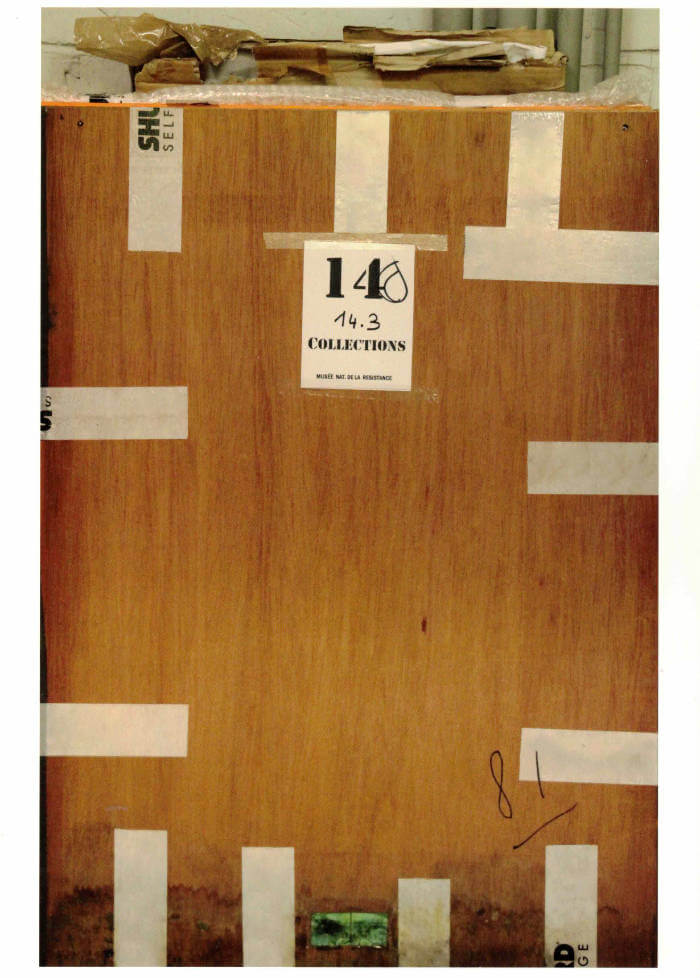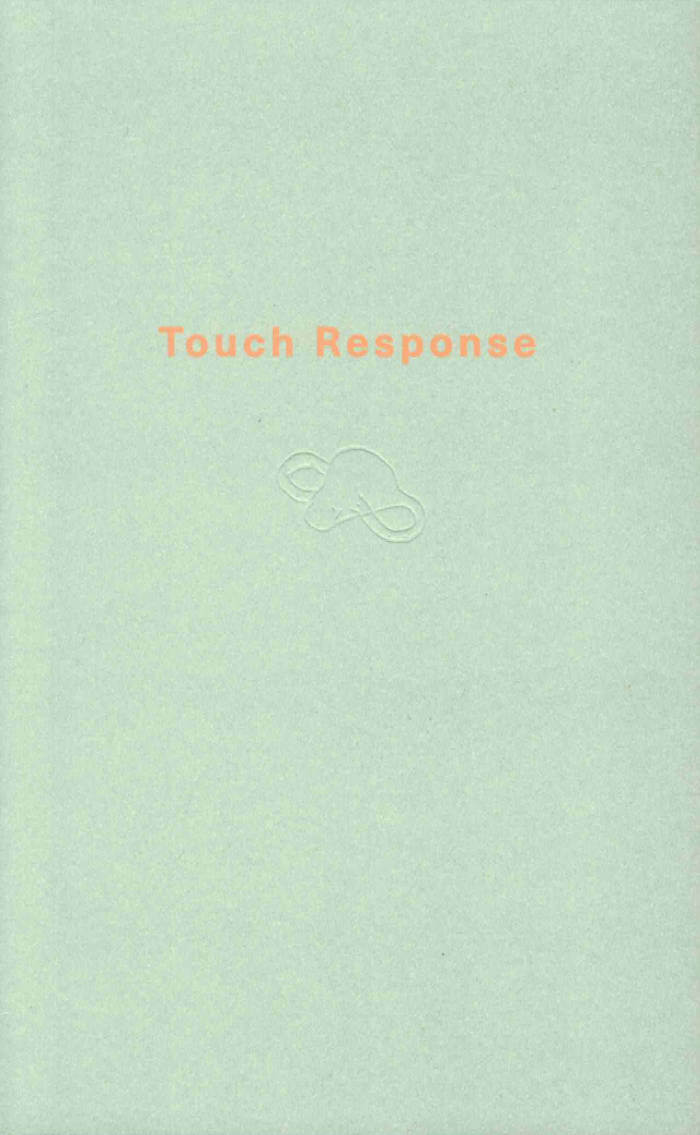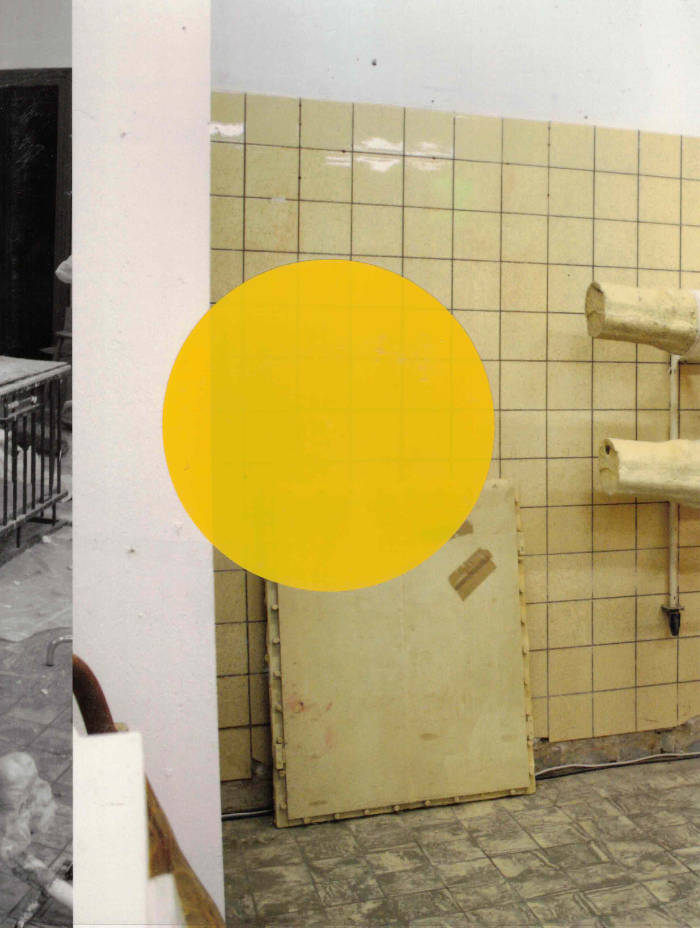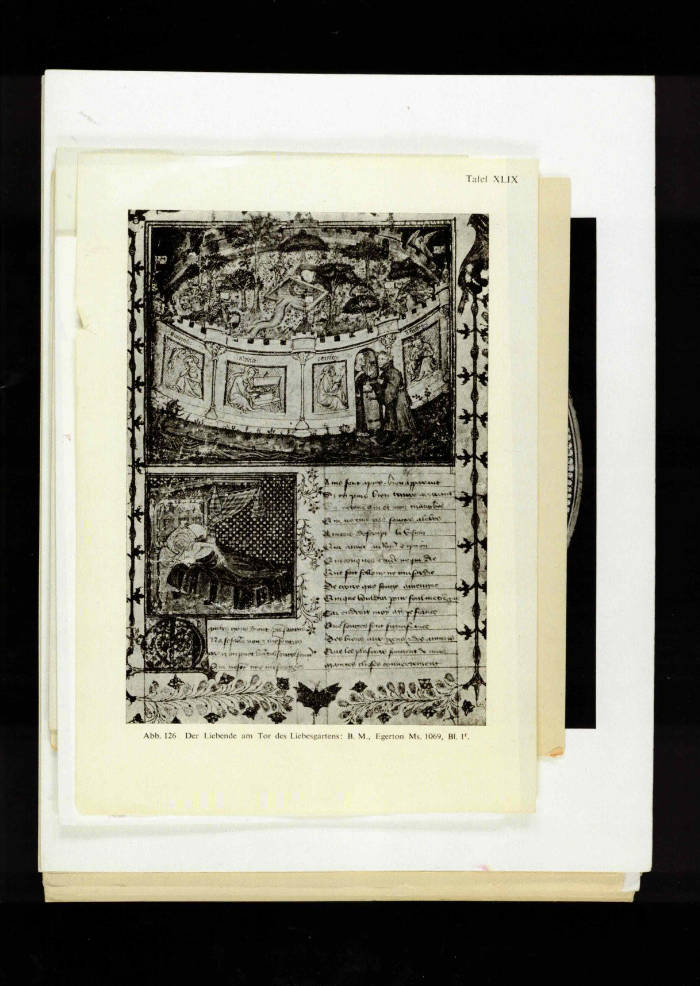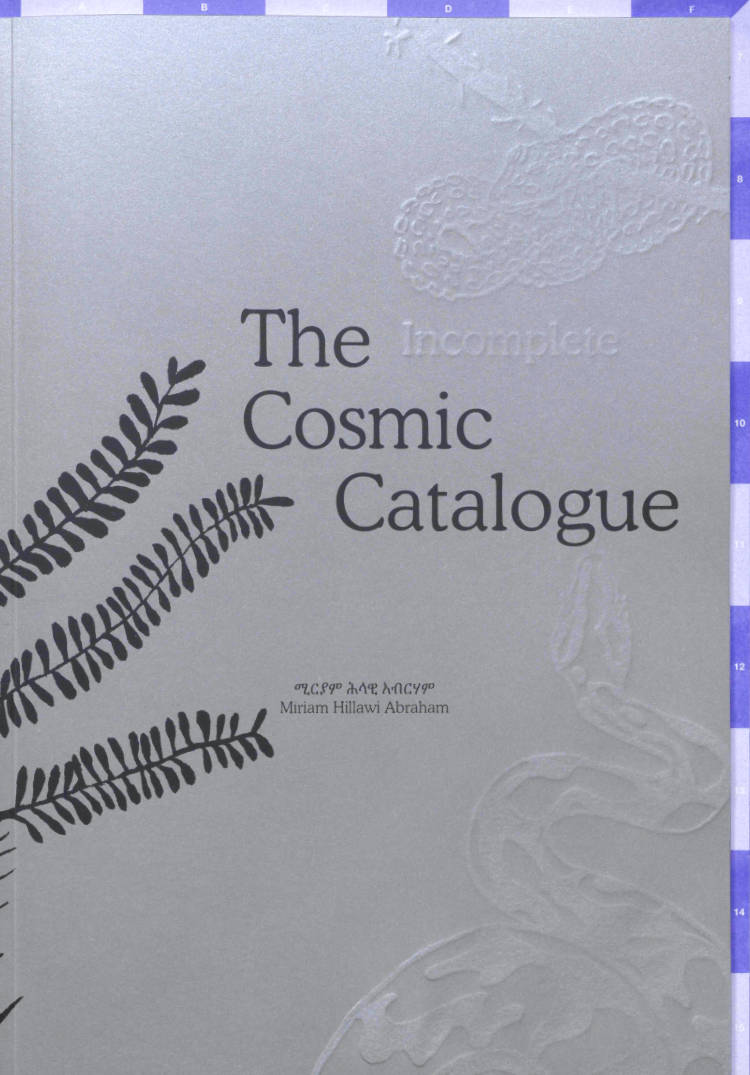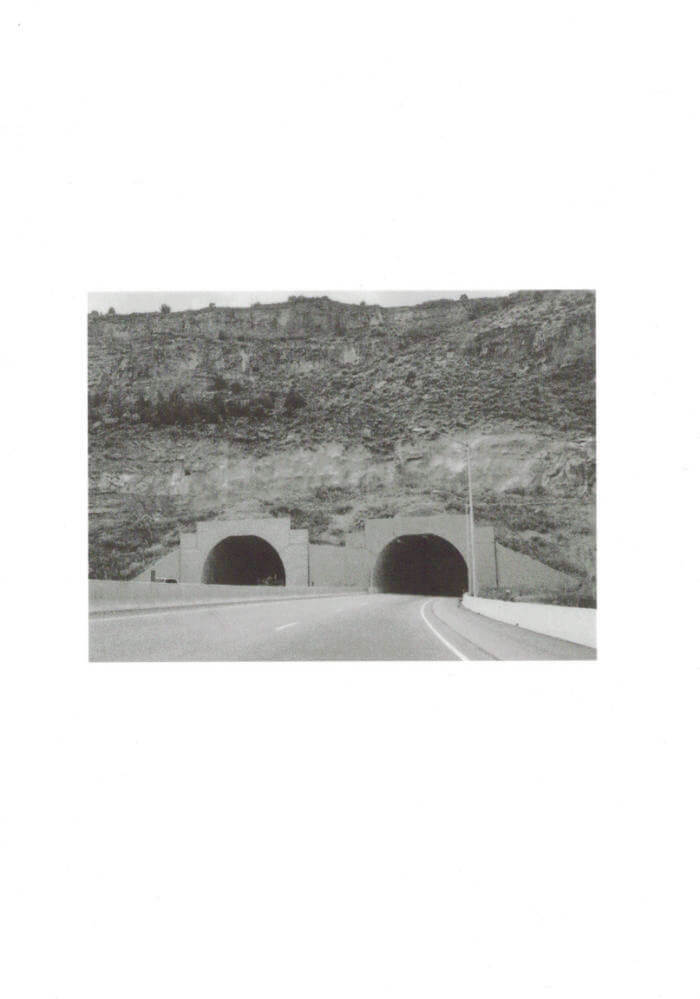
100+more
100+more is het resultaat van een beelden dialoog tussen Jelle Martens en Tim Bruggeman in het voorjaar van 2021. Beide verzamelden ze de voorbije jaren een uitgebreid digitaal archief met beelden van het internet, film stills, schermafbeeldingen, reproducties van kunstwerken en zelfgemaakte beelden. Deze publicatie brengt een selectie van 302 zwart-wit beelden samen vanuit een weloverwogen willekeurigheid.
100+more is the result of a visual dialogue between Jelle Martens and Tim Bruggeman in the spring of 2021. In recent years, both have collected an extensive digital archive with images from the internet, film stills, screenshots, reproductions of artworks and images they created themselves. This publication brings together a selection of 302 black-and-white images from a chosen randomness.
Offset
304 pages
Edition of 250
14 x 20 cm
Language: English

